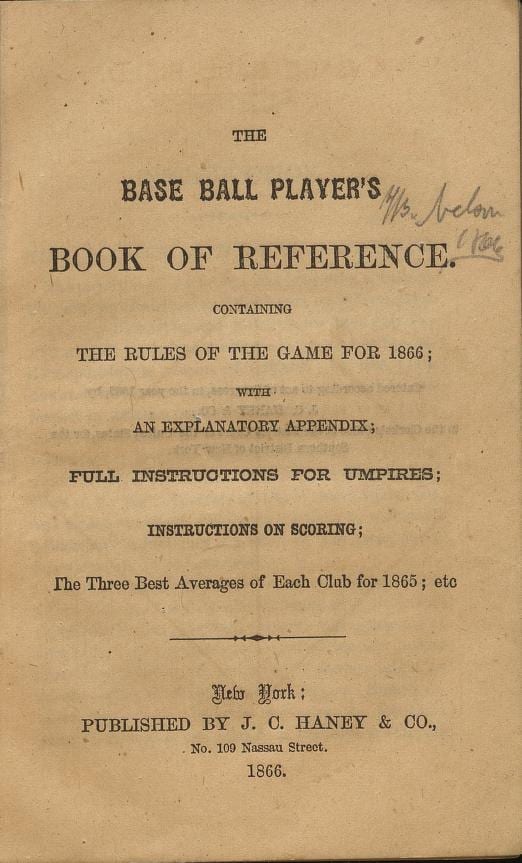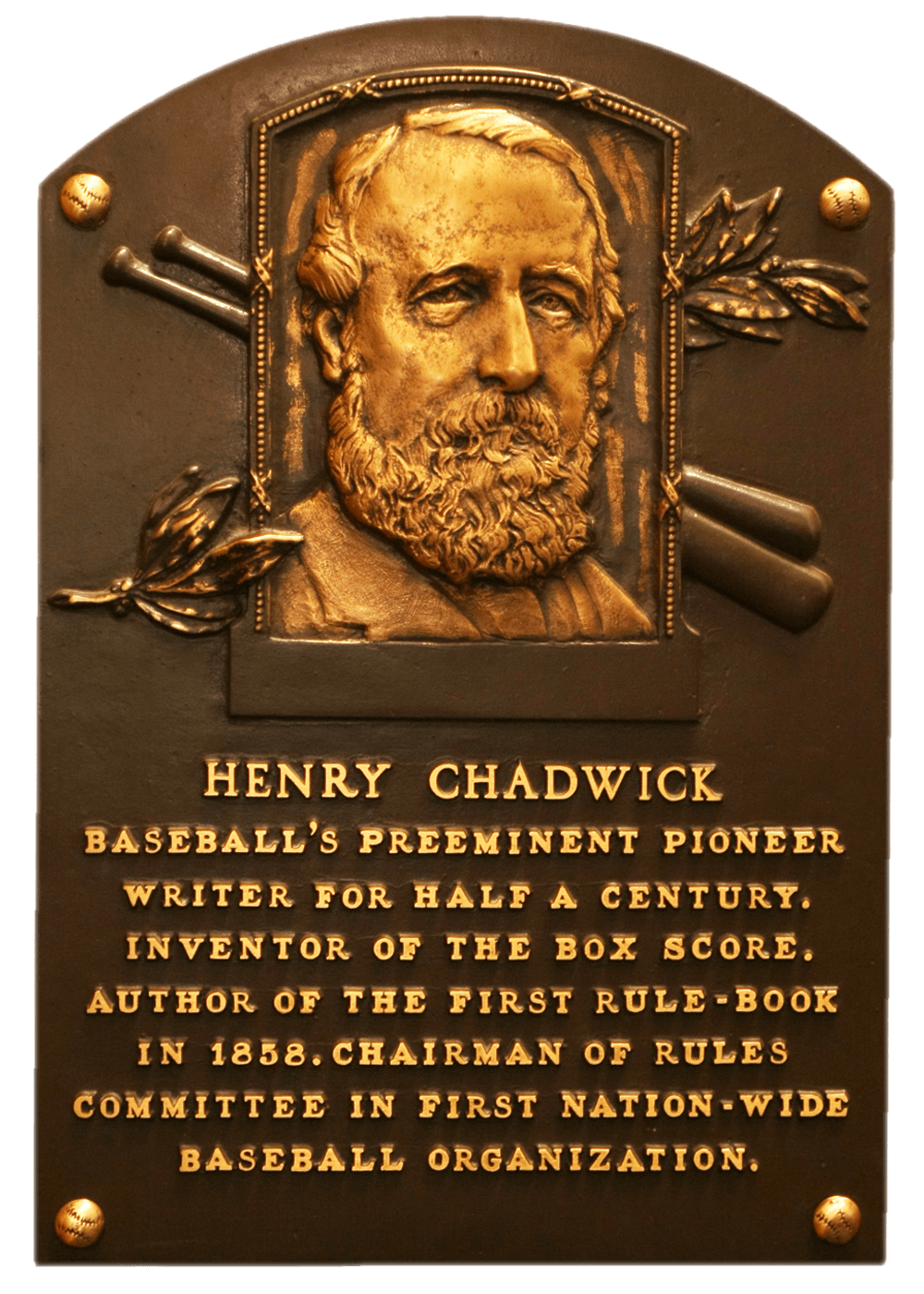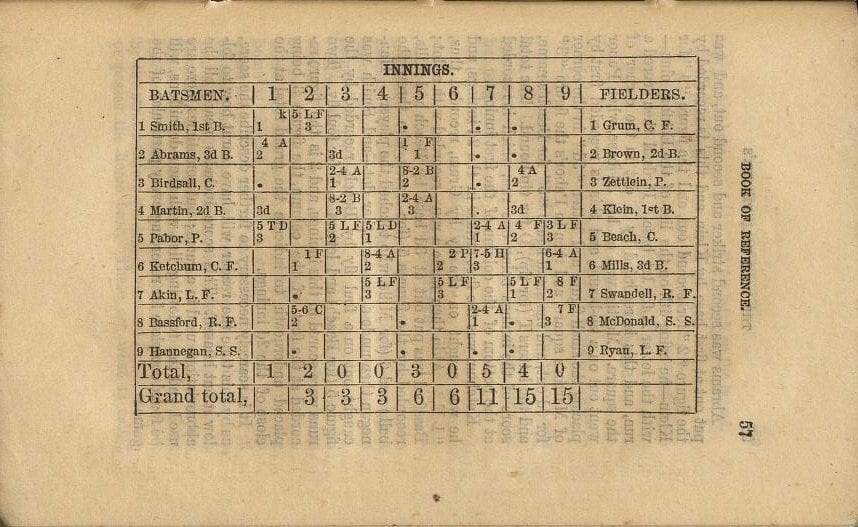Play Ball!: Henry Chadwick’s 1866 Base Ball Player’s Book of Reference
![Cabinet card portrait of Henry Chadwick seated with a book in his hands. / G. Frank E. Pearsall, 289 Fulton St. [Brooklyn, N.Y.], [1874].](https://wordpress.lehigh.edu/specialcollections/files/2017/04/410f4e9dec98149e66b704e360b51efb-172awxh.jpeg)

To celebrate the beginning of the 2017 Major League Baseball season, Special Collections has digitized and made available The Base Ball Player’s Book of Reference, an exceedingly rare book of baseball rules and statistics written by Henry Chadwick. Only one other institution, the American Antiquarian Society, reports holding the 1866 edition of this work. The copy held by Lehigh is a unique presentation copy signed by the author, containing the note “Compliments of H Chadwick.”
An early spokesperson for the sport of baseball, Henry Chadwick gained renown as a pioneering sports journalist. Seeking to describe the events of games in greater detail and make it easier to follow by a wider fan base, Chadwick invented many basic terms and statistics, including:
- The batting average (BA), used to analyze the skill of a batter
- The earned run average (ERA), used to measure runs scored as a result of a pitcher
- The letter K to denote a strike
- The box-score, used to record the runs, hits, put-outs, assists and errors that occurred during a game
- Numbering defensive positions and abbreviating plays to aid in score-keeping

All of these innovations are still commonly used to describe and analyze the game of baseball. Since Chadwick’s initial use of statistics, a plethora of new and increasingly complex statistics have been created to better analyze players and their abilities, the practice now described as Sabermetrics. For his significant contributions to the national game of baseball, Chadwick was inducted into the Hall of Fame in 1938, just the third year of its existence. Lehigh’s holding is not the first baseball rule book, written by Chadwick in 1858 as recognized by the Hall of Fame, but it still provides a fascinating glimpse into the early days of baseball.
While many of the rules in the book will be familiar to modern baseball fans, there are several differences. What we now refer to as balls, Chadwick describes as “Delivering Unfair Balls,” for which an umpire should warn the pitcher before keeping count of unfair balls and allowing the batter to take a base after three such calls, not the modern four. It is difficult to imagine baseball without the iconic home run, but according to Chadwick,
Home runs are not recognized by the rules. Custom considers a home run as being made, if the home base is reached before the ball passes the line of the home base from the outer field, provided the batsman has not been obliged to stop on any base for fear of being put out. A “ clean home run” — and none other should be counted in the score— is a run made from home to home, from a hit made to long field beyond the reach of the out-fielders.
Chadwick also allows for foul balls to be caught for outs after a single bounce, a rule that would later be eliminated. Before Chadwick’s rules, it was commonly accepted that fair one bounce balls could be caught by fielders for outs. However, Chadwick preferred fielders to get outs by catching balls directly hit from the bat, which is how the game is played today.
As the new baseball season begins, it is interesting to take a retrospective look at how America’s pastime has developed since its creation and popularization in the 19th century. Lehigh’s digitized copy of Chadwick’s 1866 The Base Ball Player’s Book of Reference can be read or downloaded in its entirety on the Internet Archive. For more information about this book, visit Lehigh’s library catalog. You can read more about Henry Chadwick on his Baseball Hall of Fame page.
